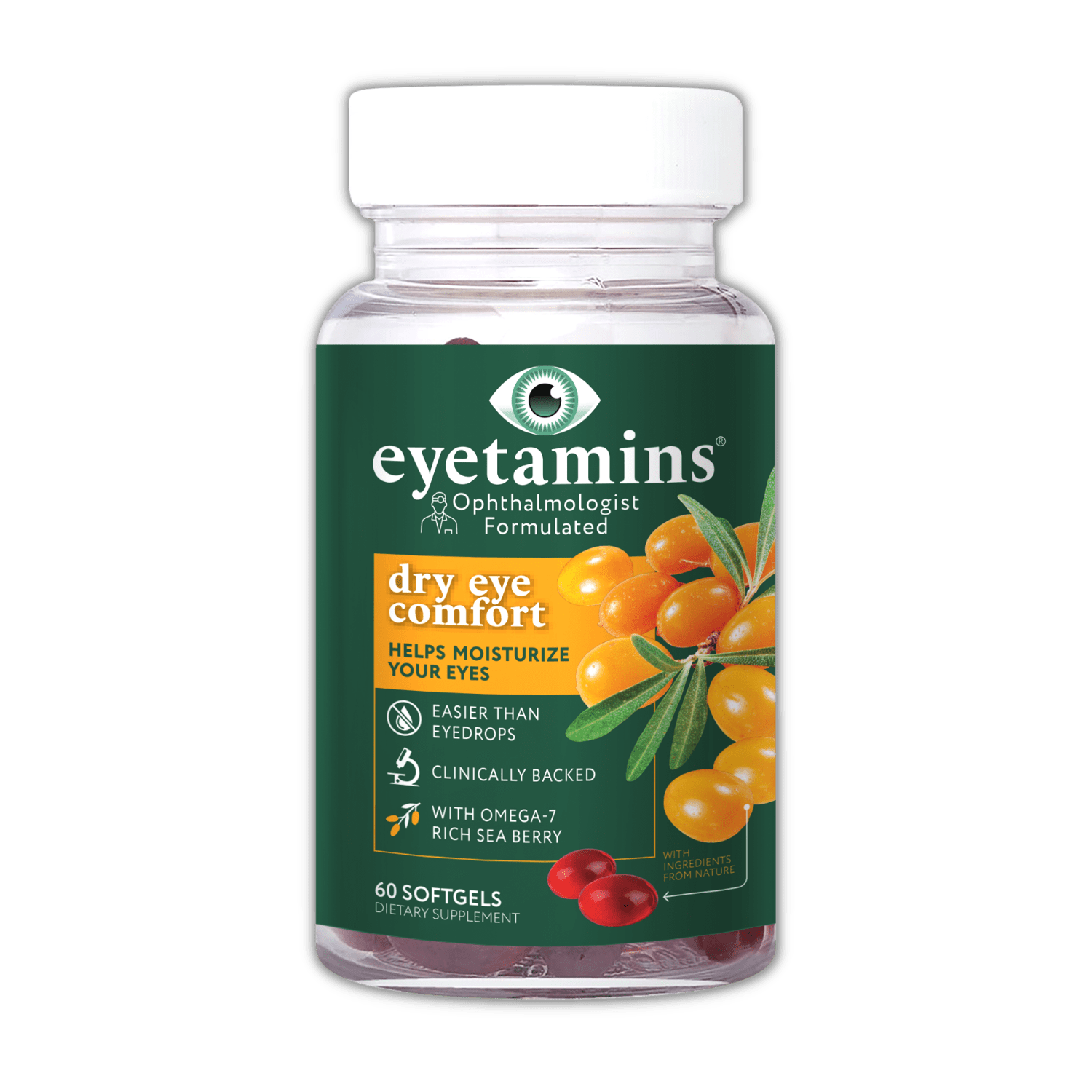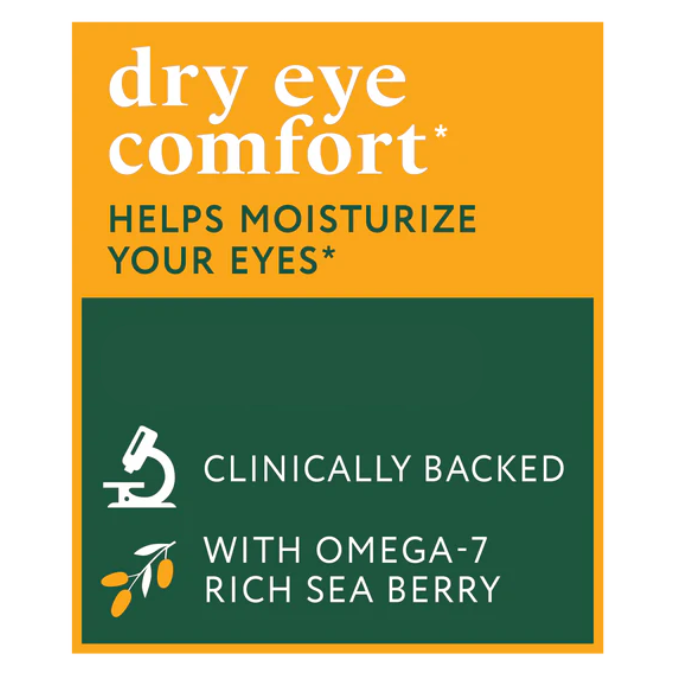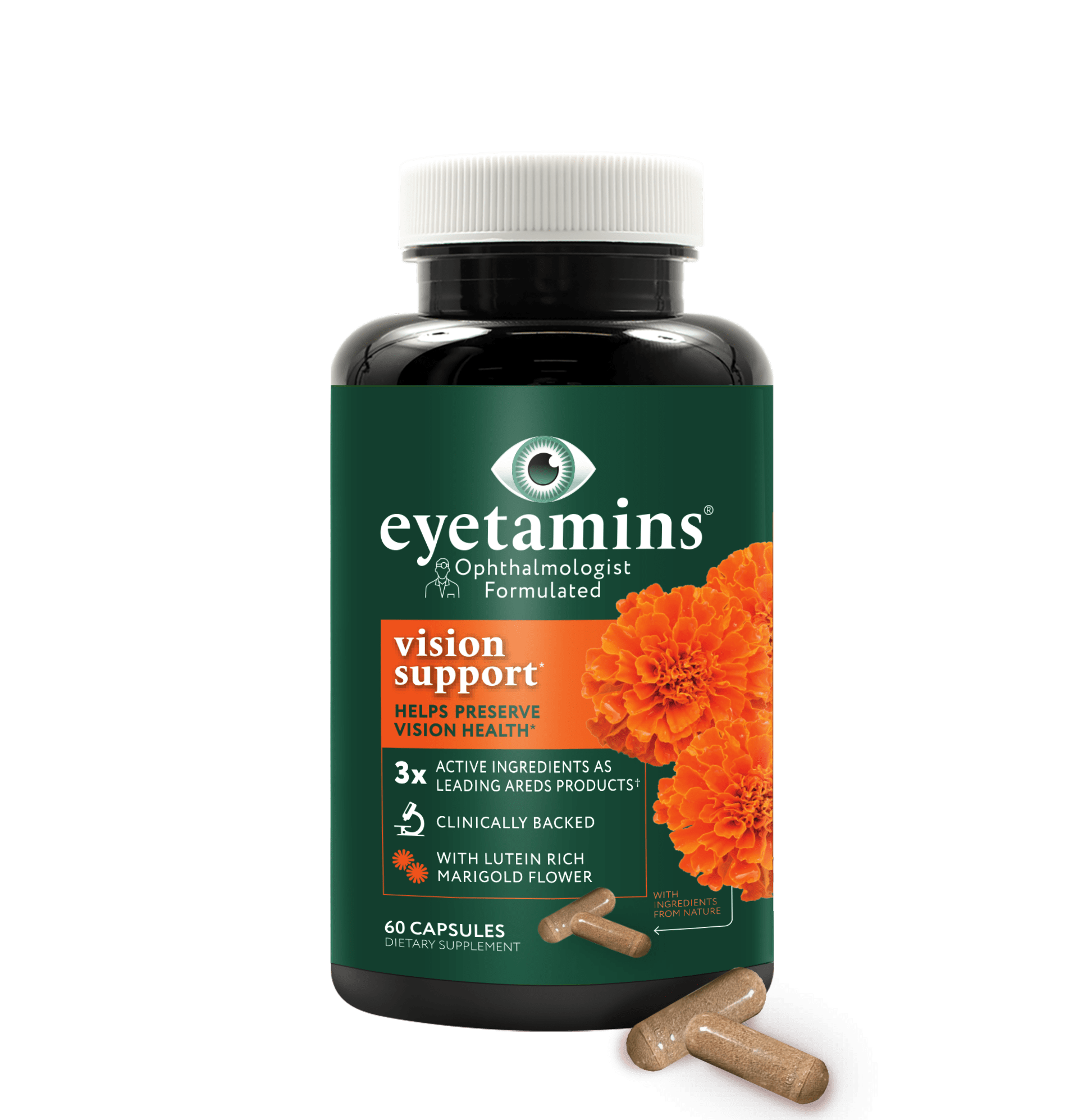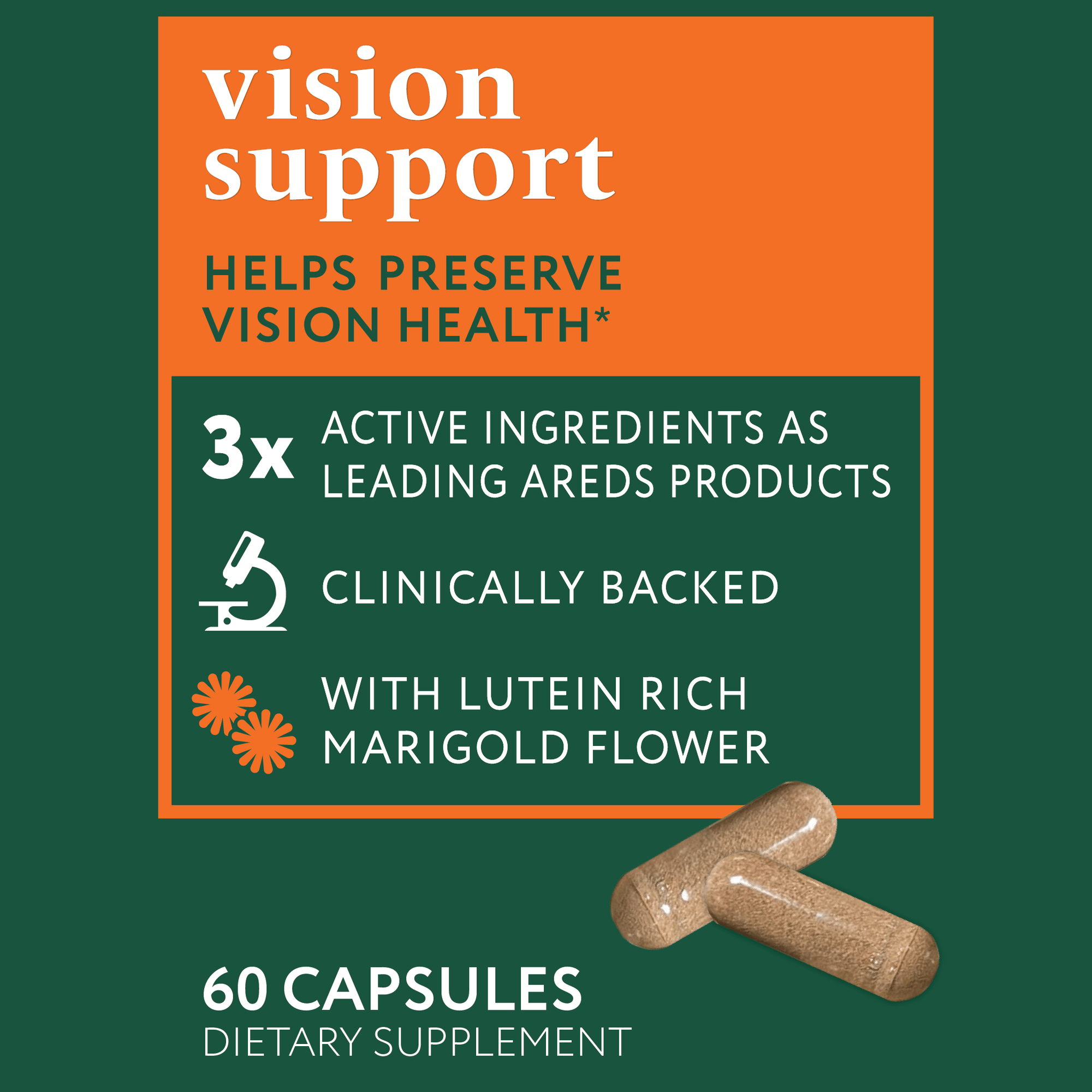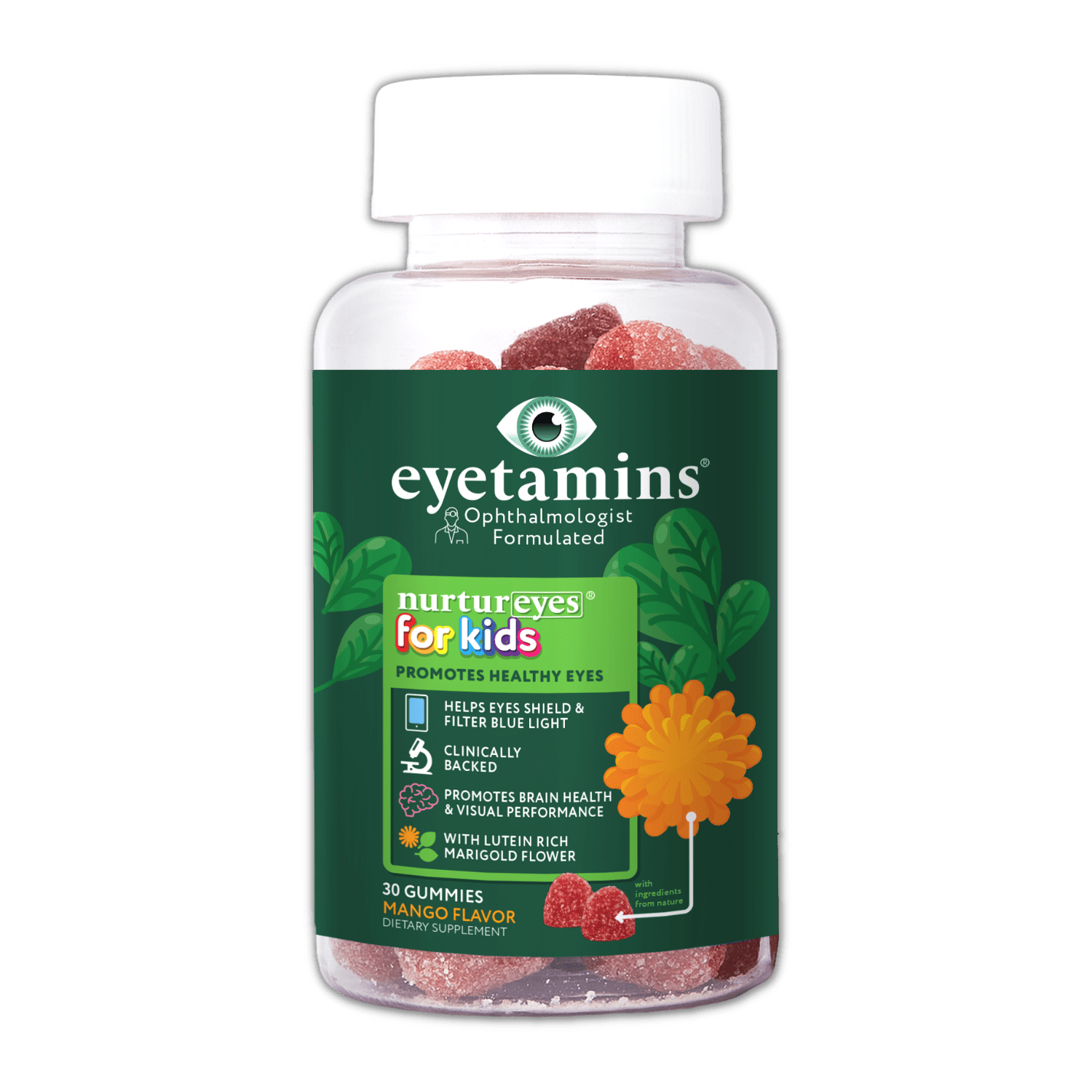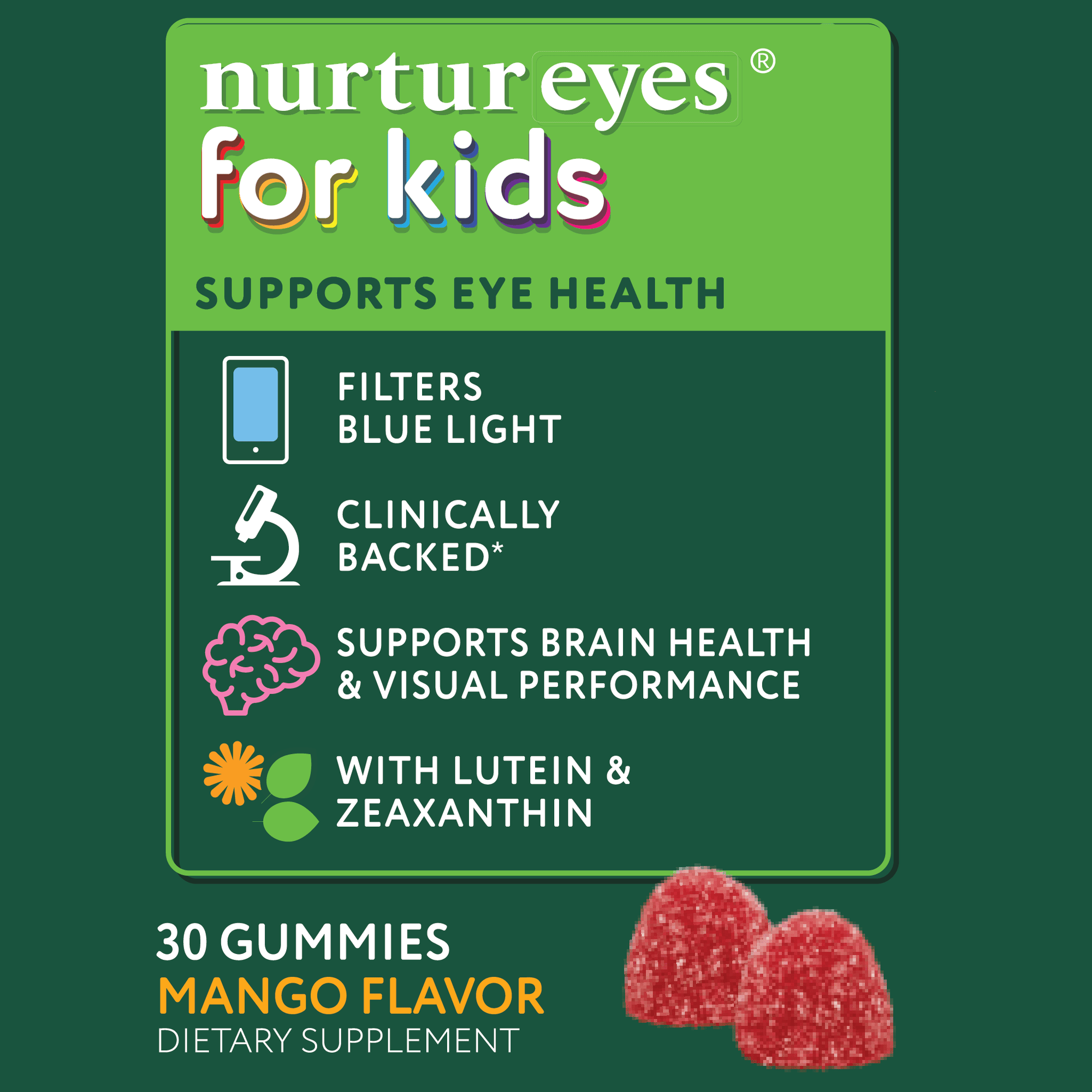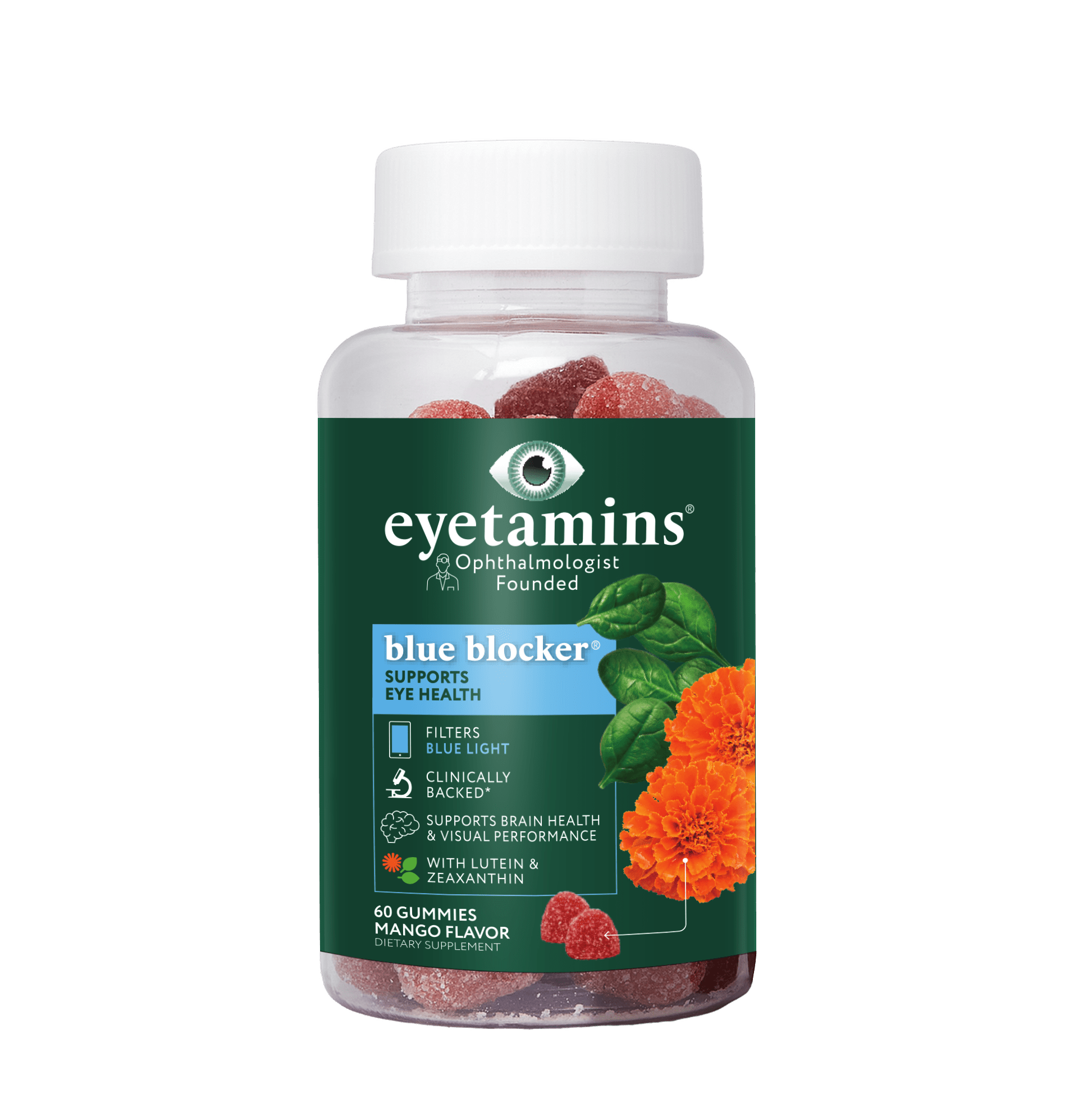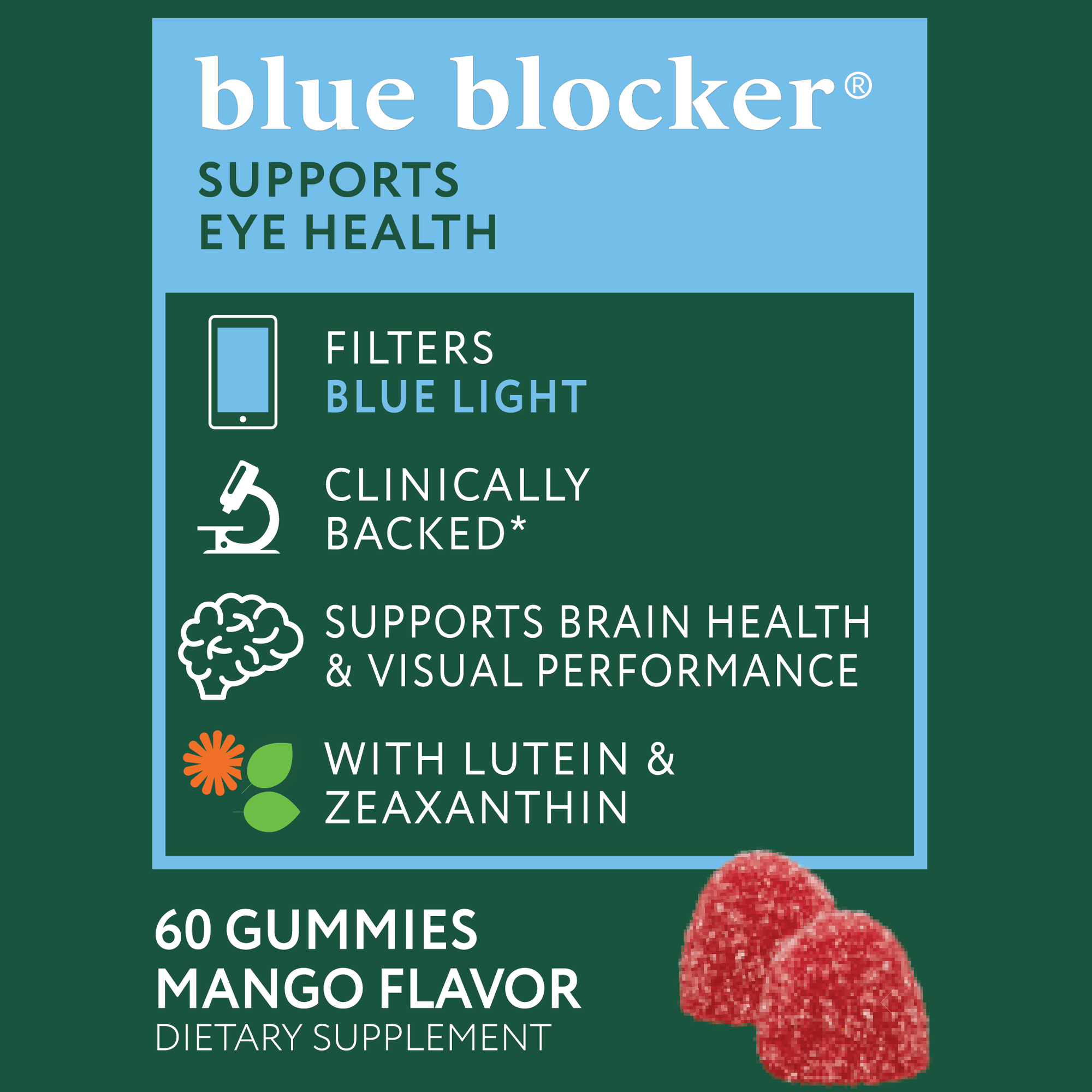· By Dr. Kaushal M. Kulkarni, M.D.
Your Ocular Migraine Guide
Ocular migraines are another form of migraines This type can often go by other names such as visual or retinal. The term “ocular” can be confusing since it isn’t exactly synonymous with these other names. Overall, these terms refer to a condition in which the blood vessels in the brain constrict, which results in visual distortions, with or without a headache. They may even be painless.
The term “ocular” can describe two things: the visual type, aka migraine aura, as well as the more rare retinal type. In this article, we will discuss both of these subtypes, some triggers, as well as possible treatment options. We recommend thinking about natural treatments to possibly prevent or treat this condition.

Ocular Migraine Causes
Experts still aren’t sure what causes this phenomenon. It is typically hereditary, with up to 70% of sufferers claiming a family history of this condition. It is speculated that it could be related to spasms of blood vessels. Or it could have something to do with nerve cell changes. The World Health Organization says that these headaches seem to appear to be activated deep in the brain, where inflammatory substances are released around these nerves and blood vessels. Some studies conducted through imaging have revealed there is a change in blood flow to the brain, but still, the exact cause remains unknown.
It is still unknown whether tricyclic antidepressants or anti-seizure medications can prevent this from happening. It is best to get your doctor’s opinion on the matter, even if the problem goes away on its own.
There are a few things that trigger episodes, whether it is for the ocular or visual type. Everyone’s triggers can be a bit different. Here are some possible triggers:
- Stress
- Anxiety
- Relaxing after experiencing stress
- Loud sounds
- A bright or flickering light
- Strong smells
- Weather changes
Some trigger foods to avoid:
- Red wine and other types of alcohol
- Caffeine
- Foods containing tyramine like smoked fish, some soy products, and cured meats
- Hot dogs or other processed meats that have nitrates
- Potato chips, fast food, broths, and any other products containing MSG
- Artificial sweeteners
Visual Migraine
The visual form is also called a migraine aura. Most likely you are experiencing this type since it makes up 20% of all cases. The aura affects your vision, typically in both eyes. Auras are often visual sensations like numbness. You may see flashes of light, zigzagging patterns, shimmering spots or stars, and may experience blind spots.
This phenomenon may also occur without the accompaniment of a headache. Auras are quite common and the visual symptoms don't typically last very long. These symptoms may hinder your daily activities, but the condition isn’t considered serious.

Retinal Migraine
This is the less common type that affects only about one out of every 200 cases. The retinal form is also used synonymously with ocular. This manifestation is rare and involves only one eye. It occurs when blood vessels to the eye narrow. It typically lasts 10 to 20 minutes, but can sometimes last an hour. Once the episode has passed, the blood vessels will open back up, returning your vision to normal.
These kinds of episodes can, however, include short-lasting, diminished vision, or blindness in the eye. Loss of vision is usually not related to the episode, however. It usually means something else is happening. It is strongly recommended that those people who are suffering from this condition see a doctor to make sure there is not a more serious problem occurring. You may also experience:
- A throbbing or pulsing headache on one side of your head lasting 4 hours to 3 days
- Nausea
- Vomiting
- Light or sound sensitivity
In addition to the triggers listed above, the retinal subtype has a few other triggers:
- Intense exercise
- Hormonal birth control pills
- High altitude
- Dehydration
- Bending over
- Low blood sugar
- Hot temperatures
- High blood pressure
- Use of tobacco
Typically neither type will require treatment because they go away on their own. The best thing you can do is try to avoid triggers and get some rest. However, if the episodes become a common occurrence, your doctor may recommend you some medications. These may include beta-blockers, antidepressants, or anticonvulsants. There is still not a lot of certainty in what is the best way to treat these conditions. So it is important to keep in mind that oftentimes these medications can have their unwelcome side effects.
Consider any supplements that might help improve your overall eye health. Weigh your options and make sure that the medication is right for you.
Alternative treatment options:
- sTMS mini: When held at the back of your head at the first sense of an oncoming headache, the device emits a magnetic pulse. This pulse is said to stimulate the brain.
- Nerivio: You can place this electrical neuromodulation device on your upper arm at the first sign of an episode. It works wirelessly through an app service on your phone.
- gammaCore: This is a noninvasive vagus nerve stimulator. It works by sending electrical pulses to the nerve to help ease the pain or to keep it from happening.
- Cefaly: This is a portable headband-like device. While wearing it for 20 minutes a day, Cefaly will emit electrical pulses through the skin of the forehead to the nerves causing the pain. This will provide a tingling or massaging feeling.

Whether you suffer from the visual or retinal form, the best thing you can do is live a healthy, relaxed lifestyle and avoid triggers. Another thing to think about is nourishing your body with eye care vitamins that may help lessen the amount and severity of attacks. We here at Eyetamins want to provide you with the nourishment your eyes need.


